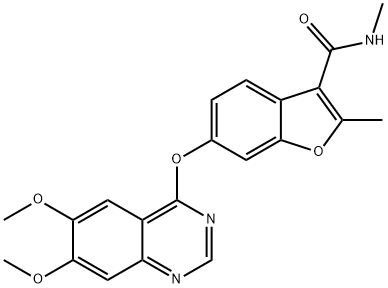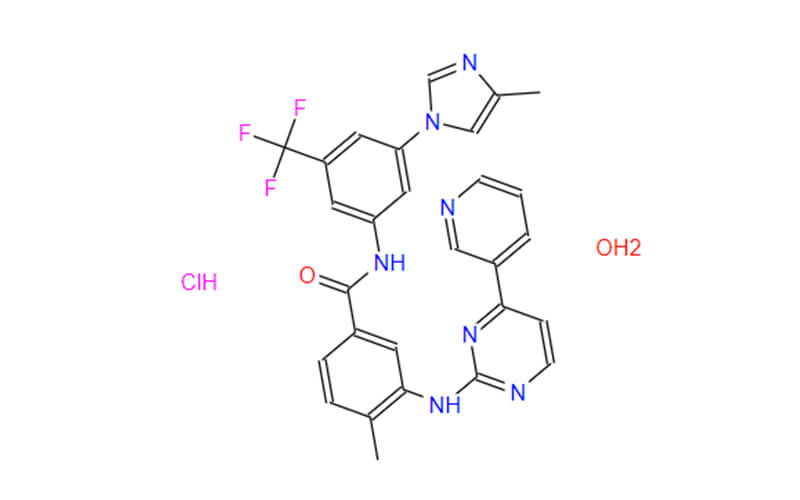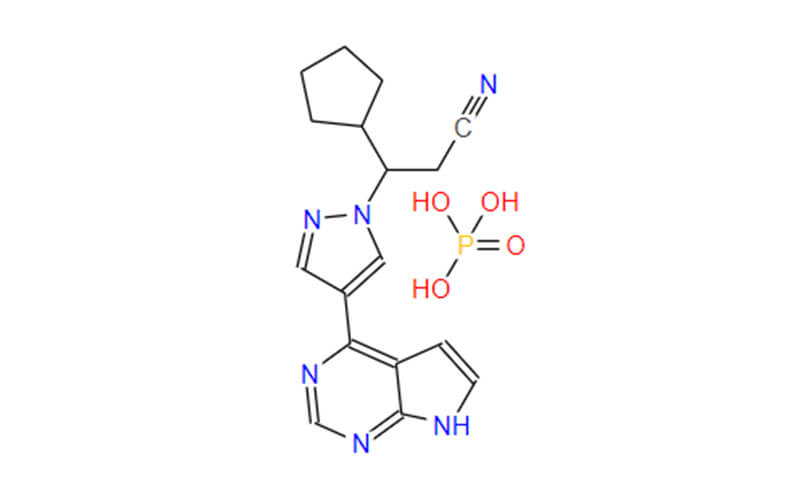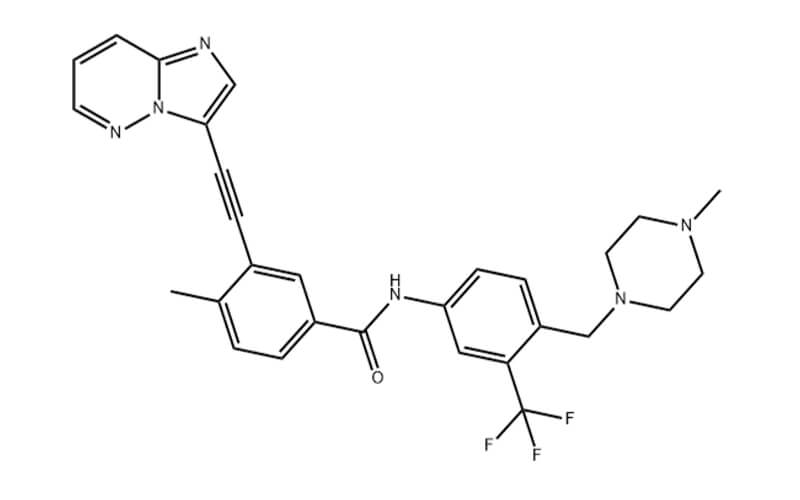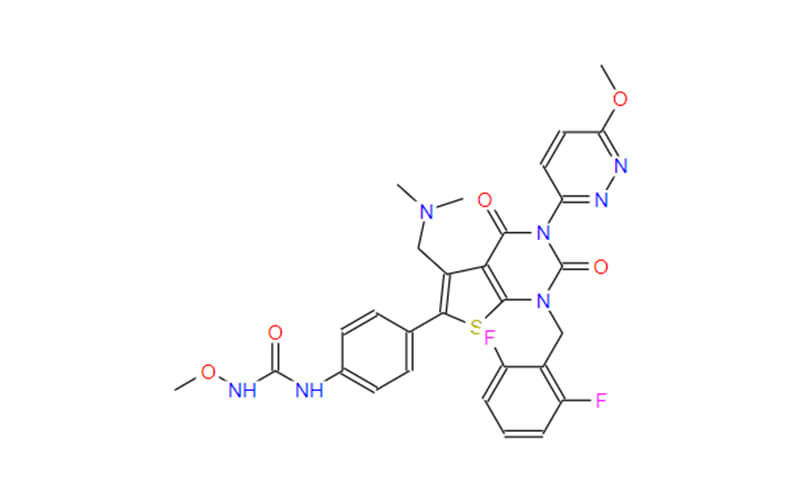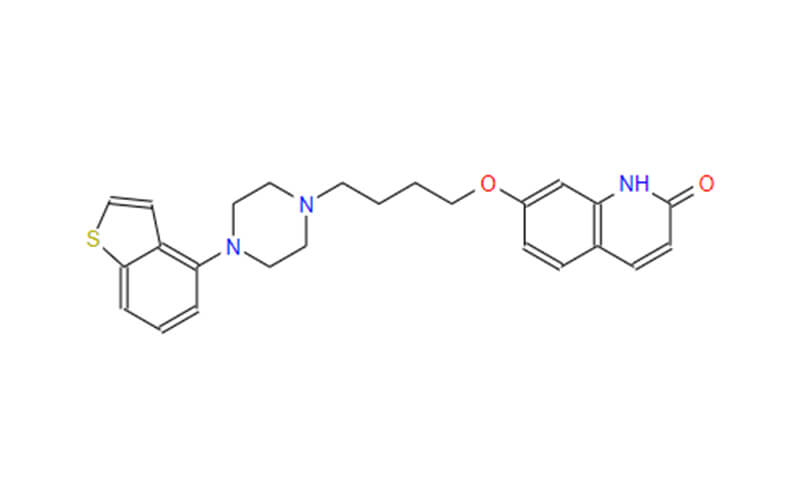Are Generic Ruxolitinib Therapeutically Equivalent to Brand Ruxolitinib
Ruxolitinib is a medication used to treat myelofibrosis, a rare blood cancer, and steroid-refractory acute graft-versus-host disease (GVHD), a serious complication after a stem cell transplant. While Ruxolitinib has demonstrably improved patient outcomes, its high cost can be a significant burden. This raises the question: Are generic Ruxolitinib options therapeutically equivalent to brand Ruxolitinib?
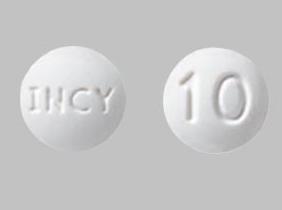
The Importance of Generic Ruxolitinib to Healthcare
The advent of generic ruxolitinib represents a pivotal advancement in the healthcare sector, particularly in the management of hematological disorders and certain dermatological conditions. Ruxolitinib, known under the brand name Jakafi or Jakavi, is a JAK inhibitor used primarily for treating myelofibrosis, polycythemia vera, and more recently, certain skin conditions like atopic dermatitis and vitiligo. The high efficacy of ruxolitinib in these conditions has made it an essential medication. However, the high cost of the branded version has been a significant barrier for many patients. The introduction of its generic counterparts addresses this critical issue, offering substantial benefits to the healthcare system and patients alike.
- Increased Affordability: Brand-name drugs can be incredibly expensive, often leading to patients skipping doses or forgoing treatment altogether due to cost concerns. Generic versions typically cost significantly less, making crucial medications like ruxolitinib more attainable for a wider range of patients. This reduces financial strain on individuals and healthcare systems as a whole.
- Improved Medication Adherence: When medications are affordable, patients are more likely to adhere to their treatment plans. This is crucial for conditions like myelofibrosis, where consistent medication use is essential for managing symptoms and improving quality of life.
- Promotes Innovation: The availability of generics fosters competition in the pharmaceutical market. This pressure can lead to lower prices for brand-name drugs as well as encourage research and development of new and improved medications.
- Increased Access: Generics can expand access to medications in underserved communities where healthcare costs are a significant barrier. This ensures that more patients receive the treatment they need, regardless of their socioeconomic background.
In the case of ruxolitinib, a medication used to treat a serious condition like myelofibrosis, the potential impact of generics is even greater. By making the medication more affordable, patients can experience improved health outcomes and a better quality of life.
Are Generic Ruxolitinib Therapeutically Equivalent to Brand Ruxolitinib?
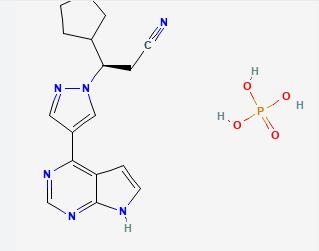
Generic ruxolitinib, like any generic drug, is designed to be therapeutically equivalent to its brand-name counterpart, meaning it should have the same clinical effect and safety profile when administered to patients under the conditions specified in the labeling. To be approved by regulatory agencies such as the U.S. Food and Drug Administration (FDA), a generic drug must meet several criteria:
- Same Active Ingredient: The generic must contain the same active ingredient as the brand-name drug.
- Same Dosage Form and Strength: The generic must be available in the same dosage form and strength.
- Bioequivalence: The generic must demonstrate bioequivalence, meaning it delivers the same amount of active ingredient into the bloodstream in the same amount of time as the brand-name drug.
- Same Route of Administration: The generic must be administered in the same way (e.g., oral, topical).
If a generic ruxolitinib has met these criteria and has been approved by the relevant regulatory authority, it can be considered therapeutically equivalent to brand-name ruxolitinib.
Ruxolitinib Price
The high cost of brand-name medications is a well-documented barrier to treatment adherence and accessibility. Brand-name ruxolitinib, marketed as Jakafi in the United States and Jakavi elsewhere, has been a financial challenge for many patients due to its high price. The introduction of generic ruxolitinib is a welcome development, poised to offer substantial cost savings.
Generic drugs are typically priced 20-80% lower than their brand-name counterparts. This price reduction can make a significant difference for patients requiring long-term treatment. Lower prices also benefit healthcare systems by reducing expenditure on medications, which can be redirected towards other critical areas such as research and development or expanding healthcare services. The competition introduced by generics can also prompt brand-name manufacturers to reconsider their pricing strategies, further driving down costs.
Ruxolitinib Formulations
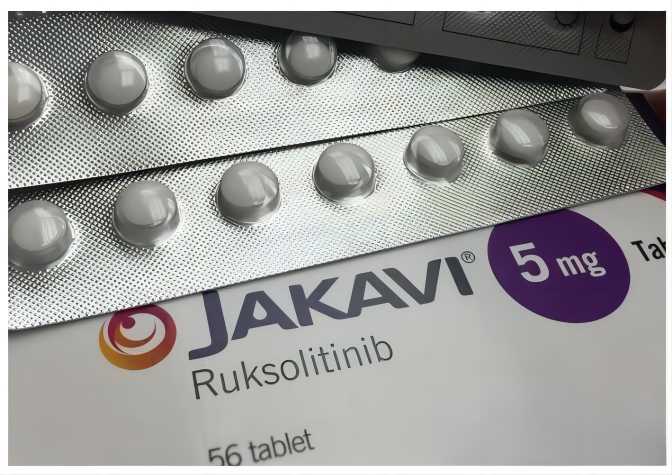
Ruxolitinib comes in tablet form, but the available strengths offer some flexibility in tailoring treatment to individual needs. Here’s a closer look at the available formulations:
- Dosage Strength: Jakafi tablets come in various strengths, ranging from 5 milligrams (mg) to 25 mg. This allows healthcare professionals to adjust the dosage based on factors like a patient’s body weight, blood test results (particularly platelet count), and overall treatment response.
- Tailored Dosing: The initial dosage of Jakafi is typically determined by the patient’s baseline platelet count. Doctors might need to adjust the dosage over time based on how the patient responds to treatment and any side effects they experience.
- Considerations for Different Conditions: While Jakafi is primarily used for myelofibrosis, it’s also approved for the treatment of polycythemia vera (a type of blood cancer) and steroid-refractory acute graft-versus-host disease (GVHD), a complication that can occur after a bone marrow transplant. The specific dosing regimen for each condition might differ slightly.
Research into ruxolitinib is ongoing, and there might be possibilities for exploring different formulations in the future. For example, researchers might investigate sustained-release tablets that could potentially reduce daily dosing frequency.
Conclusion
As developments regarding generic Ruxolitinib unfold, patients and healthcare providers should stay informed by consulting reliable medical resources and healthcare professionals. They can offer guidance on navigating treatment options and potential cost-saving strategies in the interim.

